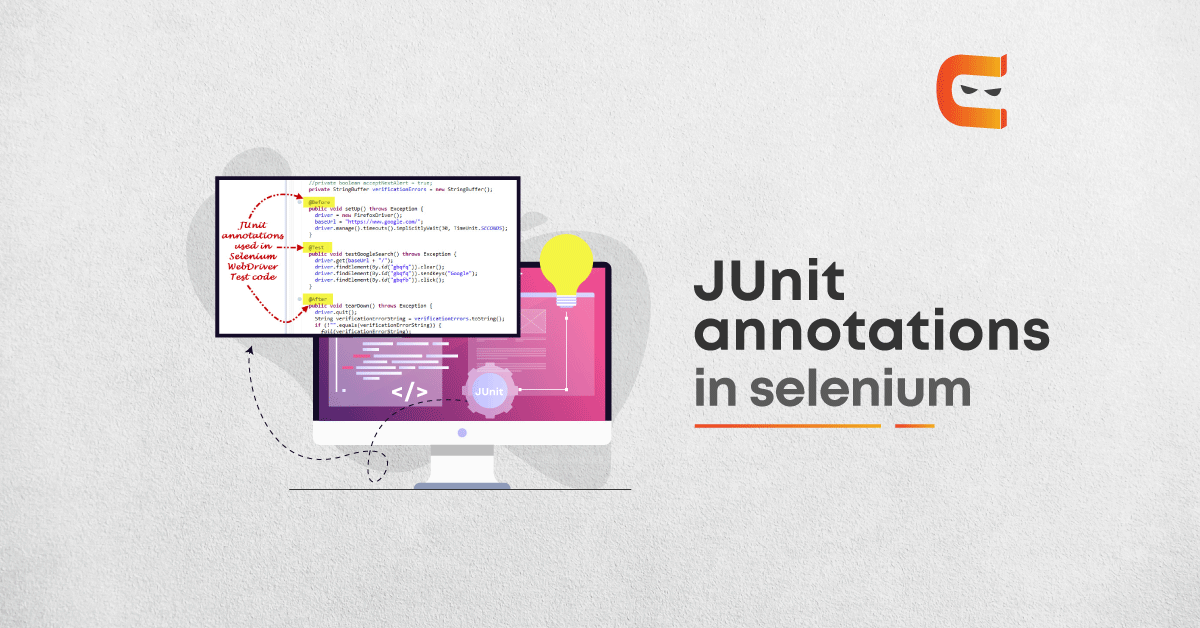
- #JUNIT ANNOTATIONS HOW TO#
- #JUNIT ANNOTATIONS INSTALL#
- #JUNIT ANNOTATIONS FULL#
- #JUNIT ANNOTATIONS CODE#
are placeholders for individual arguments. Package .controllers import import import import .annotation.ExceptionHandler import .annotation.PostMapping import .annotation.RequestBody import .annotation.RequestMapping import .annotation.RestController import .services.= Month.class, names =. This is a file called SpringBootRestApiApplication.java that looks like this: Let’s start with the main application file, which is the entry point for starting the Java API. Create a Java REST API with Spring Boot for Your JUnit 5 Testing The junit-jupiter-engine dependency is for JUnit 5. Take note that you need to exclude the default JUnit from the spring-boot-starter-test dependency. 4.0.0 spring-boot-starter-parent 2.1.3.RELEASE myFirstSpringBoot 0.0.1-SNAPSHOT 1.8 2.1.3.RELEASE spring-boot-starter-web spring-boot-starter-test test junit junit junit-jupiter-engine test spring-boot-maven-plugin When done, this will produce a pom.xml file that looks like the following:
#JUNIT ANNOTATIONS HOW TO#
HINT: If Maven is new to you and it’s unclear how to choose your group id, artifact id, or version, please review Maven’s naming conventions. For this example, I used the following options: Select the location of your new project and click next twice and then fill out the group id, artifact id, and version for your application. Optionally, you can create your own project directory structure and write the final pom.xml file in any text editor you like.Ĭreate a new Maven Project from File > New menu.

If you use a different IDE, there are likely equivalent steps. NOTE: The following steps are for Eclipse. To get going, you’ll create a Spring Boot project from scratch.
#JUNIT ANNOTATIONS FULL#
I will only discuss the file names, but you can find their path using the below structure, looking through the full source, or paying attention to the package.
#JUNIT ANNOTATIONS CODE#
Add Code Coverage to Your Java App with JUnit 5.Add Unit and Integration Test to Your Java App with JUnit 5.Test Your Secured Spring Boot Application with JUnit 5.Generate a Token to Test Your Spring Boot Application with JUnit 5.Integrate Secure Authentication into Your Code.Secure Your JUnit 5 Java App with OAuth 2.0.Create a Java REST API with Spring Boot for Your JUnit 5 Testing.

#JUNIT ANNOTATIONS INSTALL#
If you are using Eclipse as well, you will need to install a version of Oxygen or beyond in order to have JUnit 5 (Jupiter) test support included. NOTE: For this post, I will be using Eclipse, as it is my preferred IDE. Lets discuss each annotation with a sample example. All core annotations are located in the package in the junit-jupiter-api module. JUnit Jupiter supports the following annotations for configuring tests and extending the framework. Spring Boot makes it even easier by allowing you to do much of the dependency injection with annotations instead of having to bother with a complicated applicationContext.xml file! In this post, we will see all the JUnit supporting annotations. The main advantage of using the Spring Framework is the ability to inject your dependencies, which makes it much easier to swap out implementations for various purposes, but not least of all for unit testing. Once we have built the API, we will walk through unit testing the code with JUnit 5 and review the coverage of our JUnit tests. This REST API will be secured with OAuth 2.0 and Okta.

The application used for this post will be a basic REST API with endpoints to calculate a few things about a person’s birthday! There are three POST endpoints you will be able to use to determine either the day of the week, the astrological sign, or the Chinese Zodiac sign for a passed in birthday. A comprehensive suite of tools ensures that you can adequately test all areas of your application without the burden of writing your own test utilities. This is particularly useful in UI testing with Selenium. Each invocation of a repeated test behaves like the execution of a regular Test method. Using a modern framework ensures that you can keep up with the changes within your language and libraries. JUnit 5 has the ability to repeat a test a specified number of times simply by annotating a method with RepeatedTest and specifying the total number of repetitions desired. When building your tests, it is important to use a modern and comprehensive suite of tools. What good is your application if you don’t know that it will work under any condition? Adding a suite of tests builds confidence that your application can handle anything thrown at it. An application without testing is the proverbial Pandora’s Box. In this post, you’ll walk through how to build a simple Spring Boot application and test it with Junit 5.


 0 kommentar(er)
0 kommentar(er)
